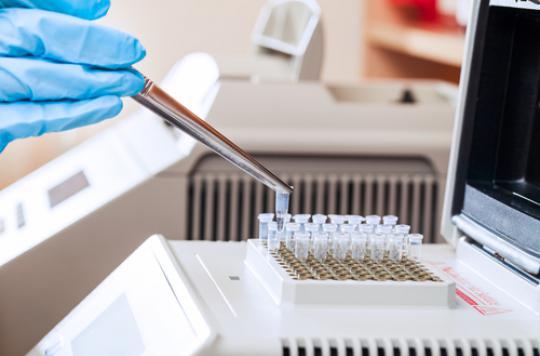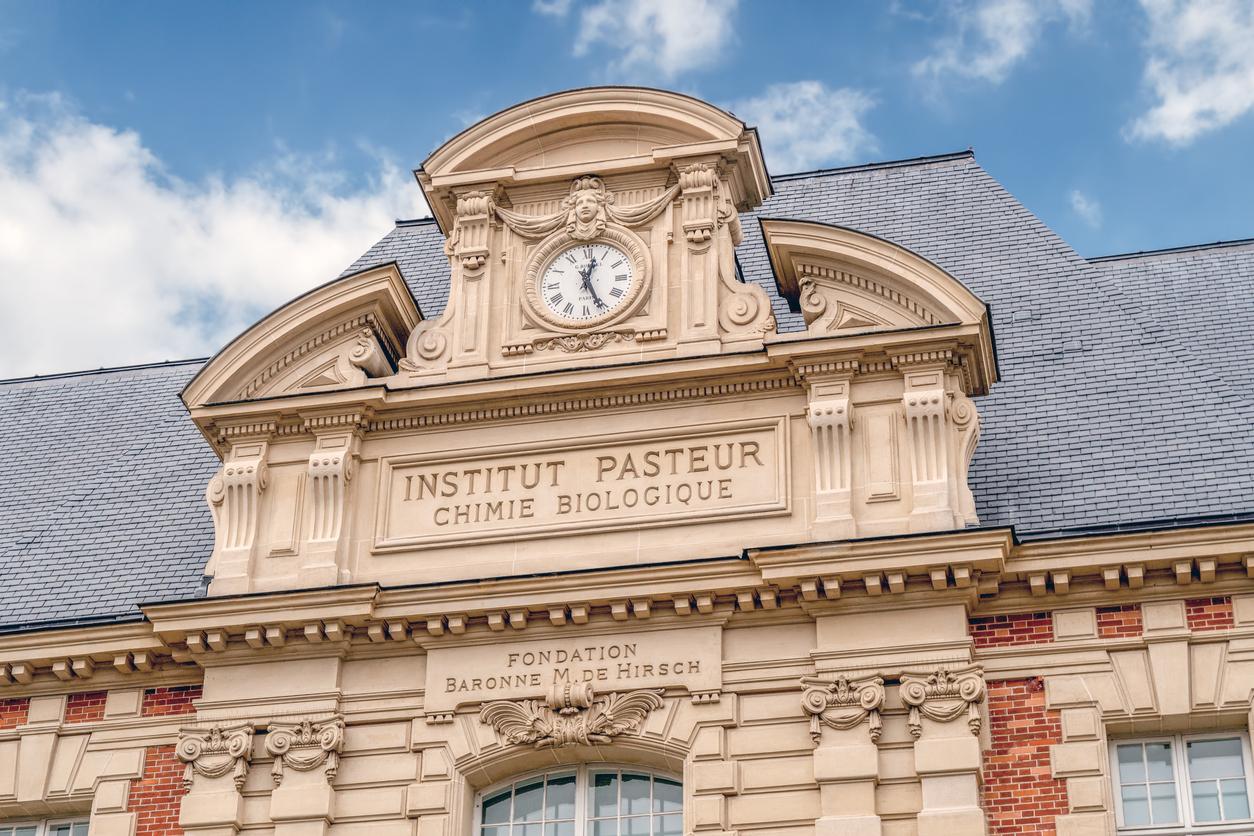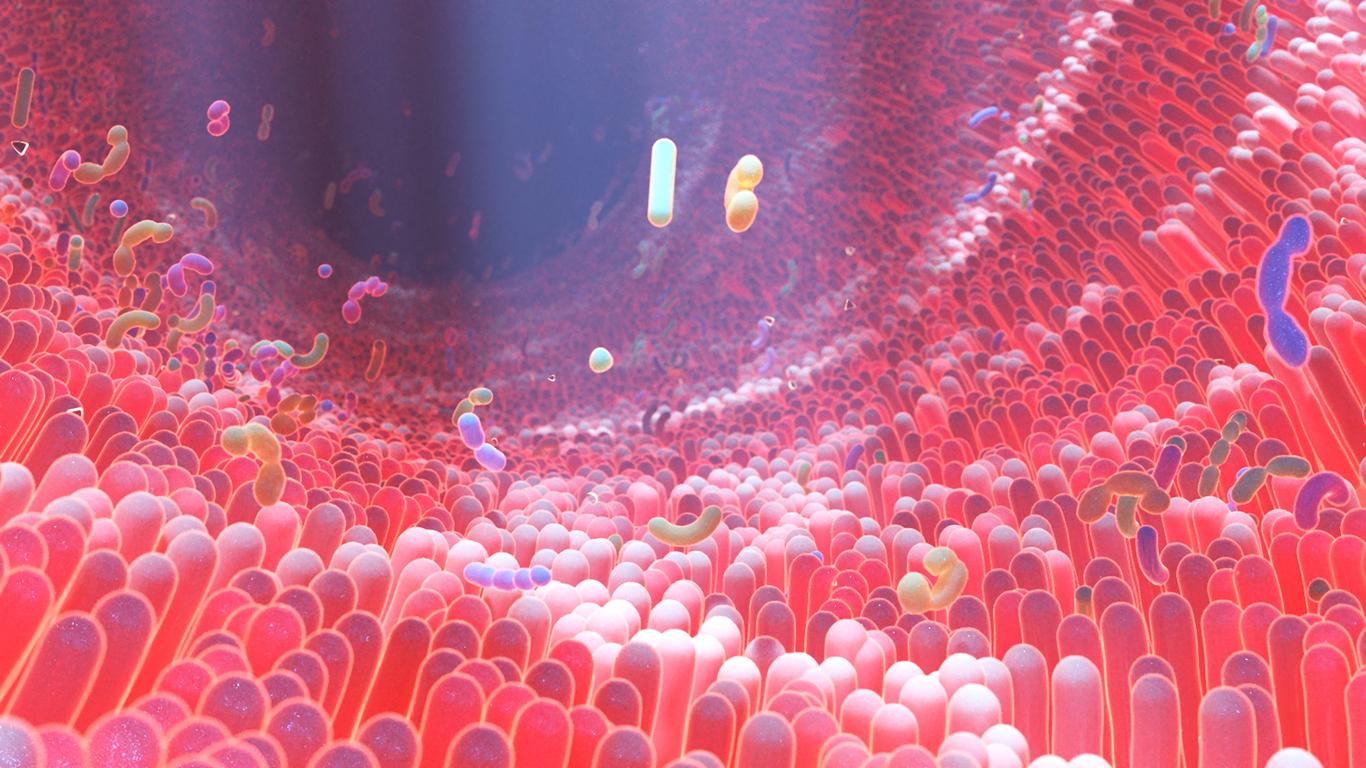An ultra-resistant lymphocyte prevents people infected with HIV-2 from developing the infection. So much so that they can go without treatment in the majority of cases.

There is not just one form of HIV. This virus that attacks immune cells actually has two strains. HIV-2, more present in West Africa, is much less aggressive than HIV-1, which is the source of the pandemic. The immune system recognizes it better and therefore fights it more effectively. This is shown by a team from Inserm which has joined forces with the National AIDS Research Agency (ANRS). “Super lymphocytes” are at work, they explain in the Journal of Immunology.
These cells responsible for regulating the immune response were collected from patients infected with HIV-2. The strain is uncommon in France. 1.5% of the HIV-positive population is a carrier. But it has another peculiarity: in 8 out of 10 patients, the infection is controlled without recourse to treatment. In HIV-1, this phenomenon is almost non-existent and antiretroviral treatment is essential to ensure survival. Without it, the immune resources are depleted, causing a proven immunodeficiency syndrome (AIDS). In fact, the virus attacks CD4 T lymphocytes which regulate the response to infections.
An inexhaustible resource
To understand this discrepancy, the study authors compared other immune cells: CD8 lymphocytes. They organize the targeted response through a memory of previous infections. In the case of HIV-1, these resources are quickly depleted.
But for HIV-2, the mechanism is totally different. Not only is the starting stock higher, it is also more efficient. And for good reason, these lymphocytes recognize a protein (gag) expressed on the surface of host cells infected with HIV. As their formation begins in the bone marrow, the reserve is virtually inexhaustible.
“There is undoubtedly a virtuous circle allowing good control of the virus”, summarize Victor Appay and Asier Saez-Cirion, the main authors of the work.
The discovery is exciting, but many unknowns persist on the mechanism that so differentiates the reaction to the two strains. The team will further research to better understand the typical characteristics of these “super lymphocytes”.
The objective will also be to identify the receptors which come into play, both on the virus and the immune cells.
Ultimately, the researchers do not rule out translating these results to HIV-1. A long-term target that almost falls within the quest for the Grail.
.














